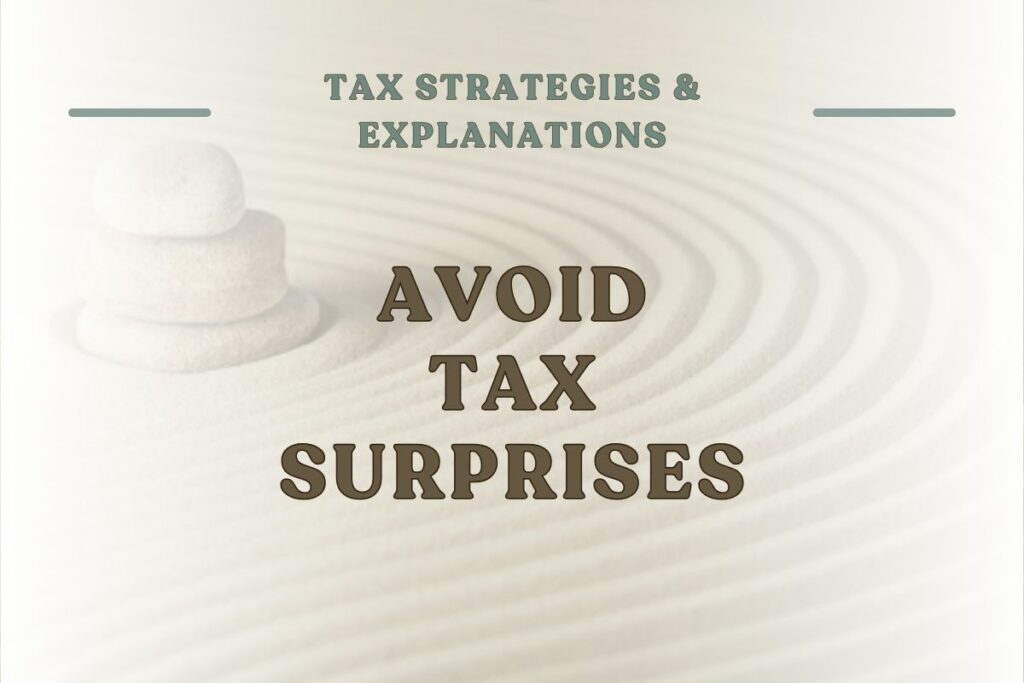How Therapists Can Avoid Tax Surprises

Tax Surprises: A Therapist’s Worst Nightmare
Taxes and surprises don’t mix. For busy therapists juggling client care and practice management, an unexpected tax bill can disrupt both personal and professional finances.
The good news? With thoughtful planning, you can avoid these surprises and build a tax strategy that supports your practice’s long-term success. Here are three simple strategies to stay ahead of taxes and reduce stress.
1. Maximize Your Therapy-Specific Deductions
Therapists often miss valuable deductions that could lower their tax bill. Be sure to include:
Professional Expenses:
- Continuing education and training programs.
- Therapy tools, such as books or diagnostic materials.
- Telehealth platforms and software subscriptions.
- Liability insurance and professional memberships.
Practice Operations:
- Office rent or home office deductions (if eligible).
- Client-facing expenses, like waiting room supplies.
- Marketing costs, including website maintenance and paid ads.
Retirement Contributions:
- Consider contributing to a SEP IRA, Solo 401(k), or SIMPLE IRA. These accounts reduce taxable income while helping you save for the future.
Pro Tip: Work with a bookkeeper or CPA who understands therapy practices to ensure every eligible expense is accounted for.
2. Automate Tax Savings for Peace of Mind
Avoid last-minute scrambling by setting up a system for saving taxes throughout the year:
- Open a Dedicated Tax Savings Account: Transfer a percentage of your monthly income into this account to cover taxes. For example, set aside 25-30% of gross earnings if you’re self-employed. (check out this article that details this bank account strategy)
- Automate Transfers: Use your practice’s payment schedule to determine regular contributions—weekly, monthly, or after each client payment.
- Optimize Withholding: If you’re an S-Corp owner, fine-tune paycheck withholdings with your CPA to minimize quarterly tax payments.
By automating these processes, you’ll eliminate the stress of coming up with tax money when it’s due.
3. Conduct a Mid-Year Tax Check-Up
A proactive approach to tax planning prevents unpleasant surprises. Schedule a mid-year tax review (ideally in the summer) with your CPA or tax advisor. This session should include:
- Year-to-Date Assessment: Compare your income and expenses to previous years.
- Tax Projection: Estimate how much you’ll owe by year-end and adjust savings as needed.
- Plan for the Future: Evaluate upcoming expenses, such as office upgrades or continuing education, to time them strategically.
Bonus Tip: If you’re filing as an S-Corp, review your salary to ensure it meets the “reasonable compensation” standard while maximizing tax savings.
Why This Matters for Your Practice
By implementing these strategies, you’ll not only avoid tax surprises but also create financial stability for your practice. This allows you to focus on what truly matters—delivering exceptional care to your clients.
The goal isn’t just to minimize taxes but to align your financial systems with your practice’s unique needs and priorities.